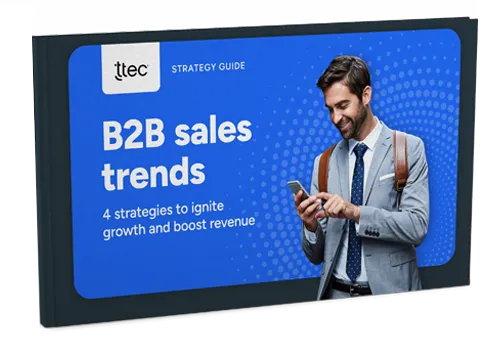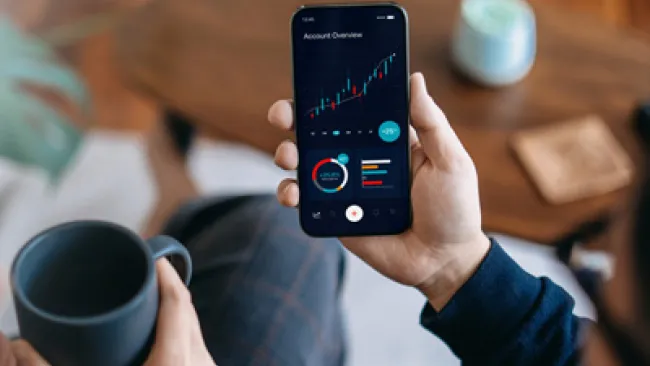Customer-centric companies that want to improve their customer experiences are turning to their customers and prospects for answers. They are starting to use voice of the customer (VoC) data in innovative ways to help decide their next course of action. One of the most effective ways to do that is to combine VoC data with customer transactional behavior for insights.
Here’s how it’s done…once you have your VoC data, it’s important to think about who within your company can benefit from it and ways they can capitalize on using it. The power of VoC data lies in the fact that it has relevance and can be used by almost everyone in the organization. On one hand, you have customers and prospects sharing all kinds of information and expecting companies to listen to them and take their opinions into account. However, rarely do enterprises have an integrated capability to make this information known throughout the organization in a seamless fashion. In fact, the bigger the organization the harder it becomes to share customer feedback because the number of touch points are just too many to handle on a one-off basis.
Imagine if you could integrate all of your VoC data, link it up to other information you have within the enterprise (CRM, ERP, etc.), extract meaningful signals and insight from it, and be able to disseminate that information to those who need it most in a timely fashion. This kind of integration, signal extraction, and actionability is where the true power of VoC can be realized, and when implemented can not only positively impact, it can help transform business performance.
The signals and intelligence that can be derived from VoC data generally fall into two key areas:
• Insights at the aggregate level - Example: 55 percent of the interactions yesterday involved negative sentiment around our new pricing strategy.
• Insights at the individual customer level - Example: Jack, who is one of our highest value customers, has had three negative sentiment interactions in the past week and is at risk of ending his relationship.
But, which corporate functions can truly benefit from VoC data, and how? Here’s a brief outline:
- Product Management. Provides early, continuous, real-time input on product features, functionality, performance, and competitive differentiators.
- Pricing. Offers early, continuous, real-time input on customer perceptions to pricing strategy, competitive pricing, and gaps.
- CRM. Identifies next best action for individual customers based on contextual, in-the-moment data and historical behavior.
- Customer Care. Drives efficiency and effectiveness of care operations by enabling associates with timely alerts and recommendations. Also helps identify sales and CRM leads.
- Customer Experience. Helps leaders understand key pain points and influences the customer journey to reduce customer effort, reduce detractors, and build advocates.
- Sales. Gains insight into competitive sales strategy, prospect needs, perceptions, and decision factors.
- Marketing and PR. Gets early warning indicators on brand health and perceptions.
There is a lot of opportunity for companies to leverage and optimize their VoC data throughout their organization. Read this white paper, “Using Analytics to Improve Your Interactions with Customers,” to learn more.
Also, check out the most recent issue of our eNewsletter.

















